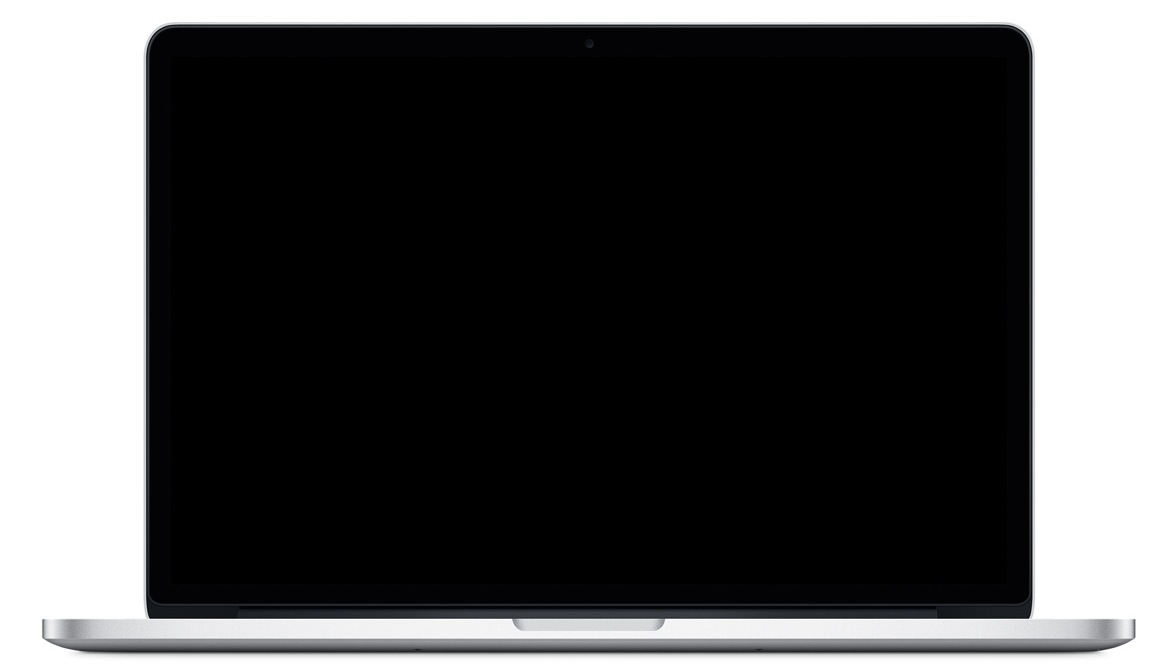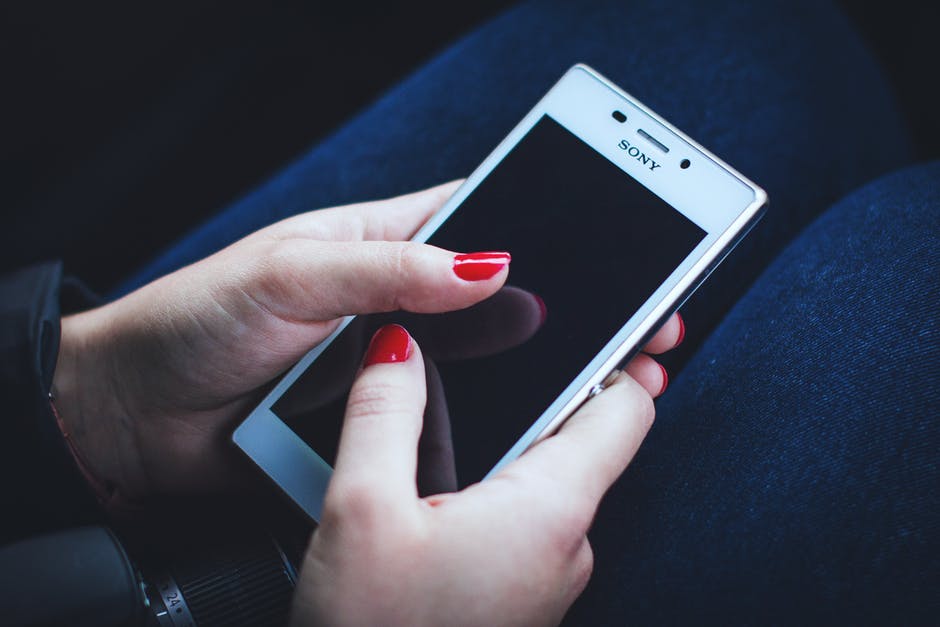Are you experiencing the dreaded black screen issue on your MacBook Pro? Don’t worry, you’re not alone. Many MacBook Pro users have encountered this problem at some point. In this comprehensive guide, we will walk you through step-by-step solutions to fix the black screen issue on your MacBook Pro. Whether you’re facing a black, gray, or blue screen during startup, these troubleshooting methods can help you get your MacBook Pro back up and running.
Why Does the MacBook Pro Black Screen Issue Occur?
Before we dive into the solutions, it’s important to understand why the black screen issue occurs on MacBook Pro. There can be several reasons behind this problem, including:
- Software or hardware incompatibility: Upgrading to a new macOS or updating hardware or firmware can sometimes lead to compatibility issues, unsolved bugs, or excessive disk space consumption.
- Power issues: Insufficient or unstable power supply can cause your MacBook Pro to boot into a black screen.
- Poor contact between hardware and firmware: Damaged, loose, or dusty connections between hardware and firmware can prevent your MacBook Pro from starting up properly.
- Cables not connected: If the cables connecting your MacBook Pro to external devices are not properly connected, it can result in a black screen.
- Third-party apps: Certain third-party apps that expand the screen can interfere with the display settings and cause a black screen.
Now that we have a better understanding of the possible causes, let’s explore the solutions to fix the black screen issue on your MacBook Pro.
Solution #1: Check if the Power is On
The first step in troubleshooting the black screen issue is to ensure that your MacBook Pro is receiving power. Check if your charger cable is intact and connected properly. Look for the green light on the charger to confirm that it’s charging.
If your MacBook Pro was powered off due to low battery, connect it to the charger and let it charge for at least ten minutes before attempting to power it back on. Sometimes, a drained battery can cause the black screen problem.
Solution #2: Disconnect All Peripherals
Peripheral devices connected to your MacBook Pro, such as printers, external drives, keyboards, mice, and trackpads, can sometimes interfere with the startup process and lead to a black screen. Disconnect all peripherals except the charging cable and adapter.
By removing external devices, you can eliminate any potential conflicts that may be causing the black screen issue. Once disconnected, try restarting your MacBook Pro to see if the problem is resolved.
Solution #3: Adjust Your Display’s Brightness
It’s possible that the screen brightness on your MacBook Pro has been inadvertently dimmed, making it appear black. To rule out this possibility, use the brightness keys on your keyboard (usually F1 and F2) to increase the screen brightness.
Press the F2 key or use the control bar to gradually increase the brightness. If the screen becomes visible as you adjust the brightness, then the black screen problem was simply due to the screen being dimmed.
Solution #4: Restart Your MacBook Pro
A simple restart can often resolve various software-related issues, including the black screen problem. If you’ve confirmed that your MacBook Pro is receiving power and there are no peripheral conflicts, try restarting your device.
Press the Control + Command + Power/Eject/Touch ID button (depending on your model) simultaneously to initiate a restart. Alternatively, you can hold down the power button for five seconds to shut down your MacBook Pro, wait for 15 seconds, and then press the button again to reboot.
Solution #5: Force Reboot Your MacBook Pro
If a regular restart doesn’t fix the black screen issue, you can try force rebooting your MacBook Pro. This can help resolve any temporary glitches or errors that may be causing the problem.
To force reboot your MacBook Pro, follow these steps:
- Press and hold the power button on your MacBook Pro for about six seconds until it shuts down completely.
- Wait for a few seconds and then press the power button again to start it up.
Force rebooting can often clear any software-related issues and bring your MacBook Pro back to normal operation. If the black screen problem persists, proceed to the next solution.
Solution #6: Start Up from macOS Recovery
If you’re still encountering the black screen issue on your MacBook Pro, a forced reset and starting up from macOS Recovery might help. This method can be particularly effective for resolving startup-related problems.
On Apple Silicon (M1) MacBook Pro models:
- Press and hold the power button on your MacBook Pro for about ten seconds.
- When the startup options window appears, select the gear icon labeled “Options” and click “Continue.”
If the options window doesn’t appear, release the power button and try holding it again for another ten seconds. If you see the utility window, including Disk Utility, it means you have successfully started up from macOS Recovery.
On Intel-chipped MacBook Pro models:
- Press and hold the power button on your MacBook Pro for about ten seconds.
- Release the power button and immediately press and hold the Command + R keys until you see an Apple logo or other image.
If you still encounter a black screen after about 20 seconds, it’s time to move on to the next solution.
Starting up from macOS Recovery allows you to access various tools and utilities that can help diagnose and fix issues with your MacBook Pro. You can use Disk Utility to check for errors and repair your startup disk. If Disk Utility finds any errors and repairs them, restart your MacBook Pro afterward.
Solution #7: Reset Mac’s NVRAM Settings
NVRAM (non-volatile random-access memory) stores settings related to volume control, display resolution, and other in-memory settings. Sometimes, corruption or incorrect settings in NVRAM can cause problems like the black screen issue on your MacBook Pro.
To reset the NVRAM settings, follow these steps:
- Turn off your MacBook Pro.
- Press the power button to start your MacBook Pro.
- Immediately press and hold the Command + Option + P + R keys together until you hear the startup chime (around 2 seconds).
- Release the keys when you hear the second startup chime.
Resetting the NVRAM settings can effectively restore the default settings and resolve issues with your MacBook Pro’s startup process.
Solution #8: Reset the System Management Controller (SMC)
The System Management Controller (SMC) is responsible for managing various hardware components on your MacBook Pro, including temperature, keyboard, display, and fans. Resetting the SMC can often fix issues related to power management and display problems.
To reset the SMC on MacBook Pro (models with non-removable batteries):
- Shut down your MacBook Pro.
- Connect your MacBook Pro to a power source using the MagSafe adapter.
- While your MacBook Pro is off, press and hold the Shift + Control + Option + Power keys simultaneously for a few seconds.
- Release all the keys at the same time.
- Boot your MacBook Pro as usual and observe if the black screen issue is resolved.
Resetting the SMC can clear any power-related issues and restore your MacBook Pro to its normal functioning.
Solution #9: Keypress (Keyboard) Sequence
If your MacBook Pro powers on but the screen remains black, you can try a keypress sequence that has worked for many users in resolving the black screen issue.
Follow these steps for the keypress sequence:
- Press the power button once to bring up an invisible dialog box on the black screen.
- Press the ‘S’ button, which is a shortcut for sleep on Mac.
- Force a hard shutdown by holding the power button for four seconds.
- Wait for about 16 seconds.
- Press the power button to turn on your MacBook Pro again.
This keypress sequence may seem unconventional, but many users have reported successful resolution of the black screen issue using this method.
Solution #10: Reset the PRAM
If the previous solutions didn’t work, resetting the PRAM (parameter RAM) might help. The PRAM stores settings for various components on your Mac, and resetting it can resolve issues like the black screen problem.
To reset the PRAM on your MacBook Pro, follow these steps:
- Reboot your MacBook Pro.
- As soon as you hear the boot chime, hold down the Command + Option + P + R keys simultaneously.
- Keep holding the keys until you hear the boot sound again, indicating that the PRAM has been reset.
- Let your MacBook Pro boot as usual.
Resetting the PRAM can often bring your MacBook Pro back to normal functioning, resolving the black screen issue.
Solution #11: Boot into Safe Mode
If the black screen issue persists, you can try booting your MacBook Pro into Safe Mode. Safe Mode allows your Mac to start up with minimal system extensions and only essential processes, which can help identify and resolve issues with the startup disk.
To boot into Safe Mode on your MacBook Pro, follow these steps:
- Power up or restart your MacBook Pro.
- Hold the Shift key until the Apple logo appears on the screen.
- Release the Shift key and let the system start up.
The boot process may take longer than usual in Safe Mode, as it runs diagnostics during startup. Once your MacBook Pro has fully booted up in Safe Mode, you can restart it again to exit Safe Mode and check if the black screen problem is resolved.
Solution #12: Enter Password, Hit Return
In some cases, entering your regular login password and hitting the Return key can resolve the black screen issue. This simple workaround has worked for many users, allowing them to bypass the black screen and access the regular macOS desktop.
When your MacBook Pro boots into the black screen, enter your login password as usual and hit the Return key. If this solution works, your MacBook Pro will boot up normally, and the black screen problem will be resolved.
Solution #13: Turn Off Automatic Graphics Switching
If you have a dual-GPU MacBook Pro model, automatic graphics switching between GPUs can sometimes cause the black screen issue. Disabling automatic graphics switching can help eliminate this problem.
To turn off automatic graphics switching on your MacBook Pro, follow these steps:
- From the Apple menu, choose “System Preferences.”
- Go to “Energy Saver.”
- Toggle the switch next to “Automatic Graphics Switching” to turn it off.
- Restart your MacBook Pro as usual.
Disabling automatic graphics switching can prevent conflicts between GPUs and potentially resolve the black screen issue.
Solution #14: Reinstall macOS
If none of the previous solutions work, reinstalling macOS may be the last resort. Reinstalling macOS can help resolve any underlying software issues that are causing the black screen problem.
Before reinstalling macOS, it’s crucial to back up your files and data to an external hard drive or the cloud to prevent data loss. Once you have a backup, you can proceed with the reinstallation process.
You can choose to reinstall the same version of macOS or install a newer macOS version on your MacBook Pro. Follow the on-screen instructions to complete the reinstallation process.
Wrapping Up
Experiencing a black screen issue on your MacBook Pro can be frustrating, but with the solutions provided in this guide, you should be able to resolve the problem. Remember to start with the basic troubleshooting steps, such as checking the power, disconnecting peripherals, and adjusting the display brightness.
If the issue persists, proceed with the more advanced solutions, such as restarting your MacBook Pro, force rebooting, starting up from macOS Recovery, resetting NVRAM and SMC, using keypress sequences, booting into Safe Mode, entering your password, turning off automatic graphics switching, or reinstalling macOS.
Each solution offers a unique approach to tackling the black screen issue, so try them one by one until you find the one that works for your MacBook Pro.
If you require any Mac products or software, including Office for Mac or Windows for Mac, you can find them at reliable sources. Remember to back up your data regularly and keep your MacBook Pro updated to prevent future issues.
With these troubleshooting methods at your disposal, you can confidently overcome the black screen issue on your MacBook Pro and get back to your work and productivity.
FAQs
How do I fix a black screen on startup Mac?
To fix a black screen on startup, you can try checking if the power is on, disconnecting all peripherals, adjusting the display brightness, restarting your MacBook Pro, force rebooting, starting up from macOS Recovery, resetting NVRAM and SMC, using keypress sequences, booting into Safe Mode, entering your password, turning off automatic graphics switching, or reinstalling macOS.
What causes the black screen issue on MacBook Pro?
The black screen issue on MacBook Pro can be caused by software or hardware incompatibility, power issues, poor contact between hardware and firmware, cables not connected, or certain third-party apps.
How can I prevent the black screen issue on my MacBook Pro?
To prevent the black screen issue, make sure your MacBook Pro is updated with the latest software updates, avoid installing incompatible apps or updates, keep your MacBook Pro clean and dust-free, and handle the cables and connections carefully.
Can I fix the black screen issue on my MacBook Pro without professional help?
Yes, in most cases, you can fix the black screen issue on your MacBook Pro without professional help by following the troubleshooting methods mentioned in this guide. However, if the issue persists or if you’re unsure about performing the troubleshooting steps, it’s recommended to seek professional assistance.
Will reinstalling macOS delete my files?
Reinstalling macOS may delete your files if you choose the option to erase and reinstall macOS. It’s crucial to back up your important files and data before proceeding with the reinstallation process. However, there are options to reinstall macOS without erasing your files, which you can choose if you want to keep your data intact.
Can I prevent the black screen issue by regularly updating my MacBook Pro?
Regularly updating your MacBook Pro with the latest software updates can help prevent various issues, including the black screen problem. Software updates often include bug fixes, performance improvements, and compatibility enhancements that can address known issues and vulnerabilities.
How often should I back up my data on MacBook Pro?
It’s recommended to back up your data on MacBook Pro regularly, ideally on a daily or weekly basis. Regular backups ensure that your important files and data are protected in case of any unexpected issues or data loss events.
Are there any specific precautions to take while troubleshooting the black screen issue on MacBook Pro?
While troubleshooting the black screen issue on your MacBook Pro, it’s important to handle the hardware and cables carefully, avoid exposing your MacBook Pro to excessive heat or moisture, and follow the instructions provided in this guide step by step. If you’re unsure about any step or if the issue persists, consider seeking professional help.
Can I use these solutions to fix a black screen issue on other Mac models like Mac mini, iMac, or MacBook Air?
Yes, most of the solutions mentioned in this guide can be applied to fix the black screen issue on other Mac models like Mac mini, iMac, and MacBook Air as well. The underlying causes and troubleshooting methods are similar across different Mac models.
What should I do if none of the solutions mentioned in this guide work for my MacBook Pro?
If none of the solutions mentioned in this guide work for your MacBook Pro, it’s recommended to seek professional assistance from an Apple Authorized Service Provider or an Apple Store. They have the expertise and resources to diagnose and resolve complex issues with your MacBook Pro.







